Airspeed and Altitude Control Simplified: Tips for Stable Flying
Pilot Institute
NOVEMBER 16, 2024
Combining the data shown on your cockpit instruments helps you make better judgments. One example is Indicated Airspeed (IAS), which is the airspeed you read directly from cockpit instruments. For instance, an aircraft maintaining a steady IAS at 30,000 feet will have a faster TAS than at sea level due to reduced drag from thinner air.




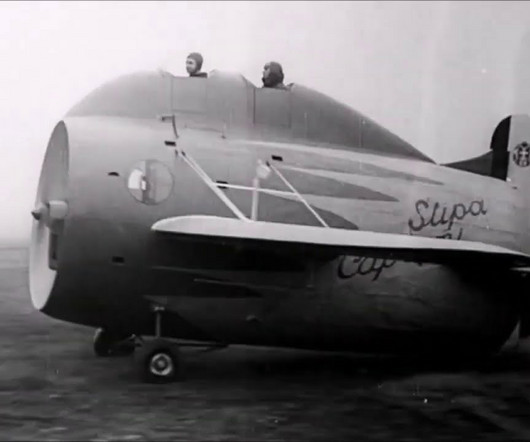
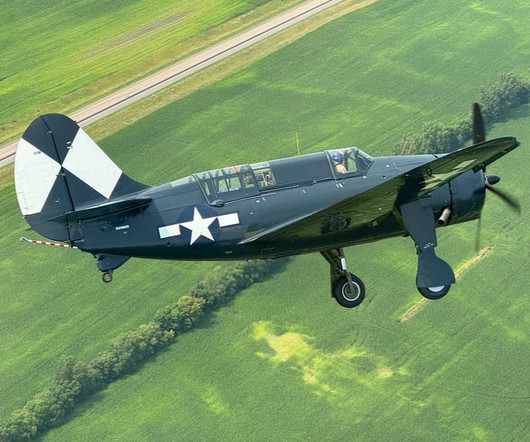
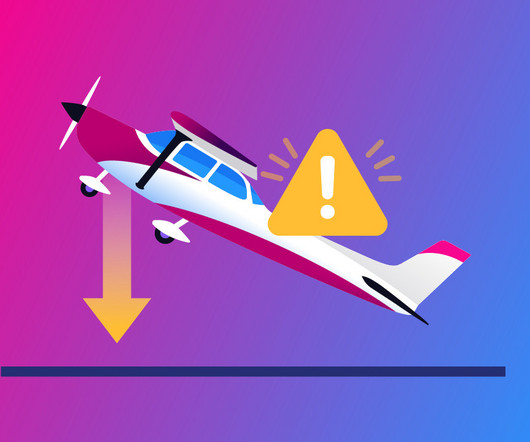
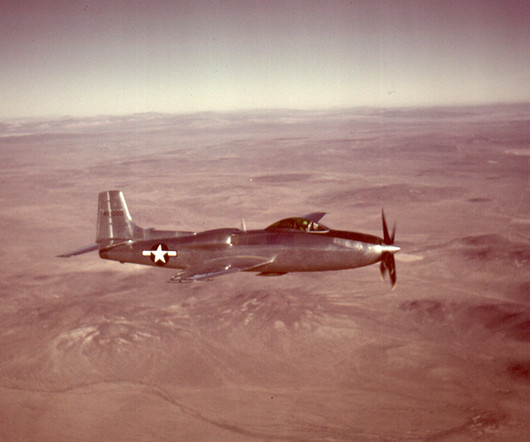

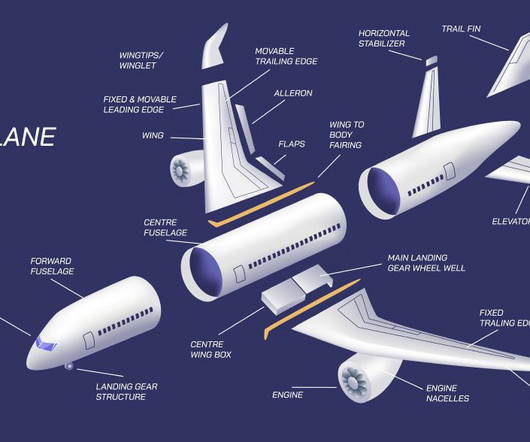

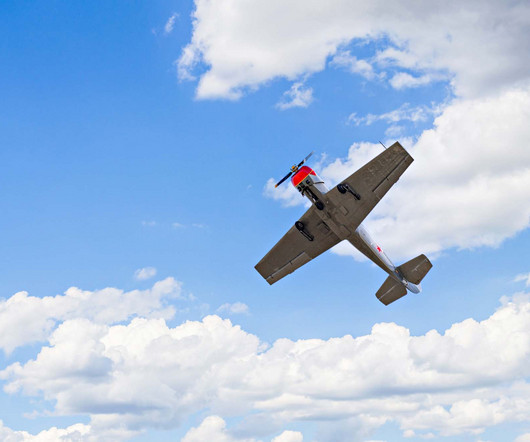
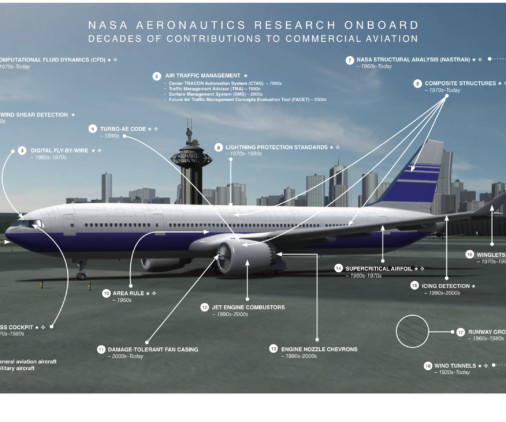




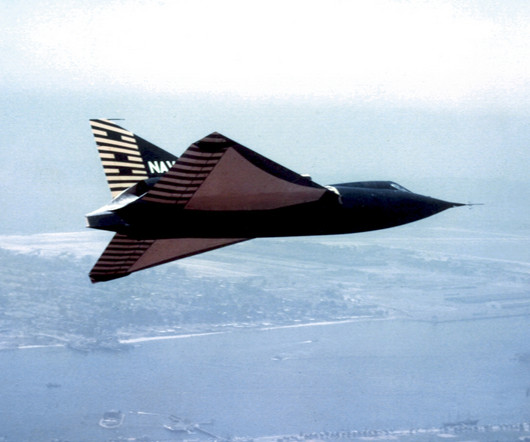

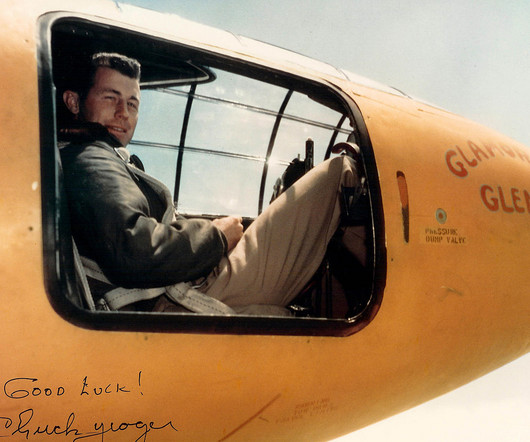









Let's personalize your content